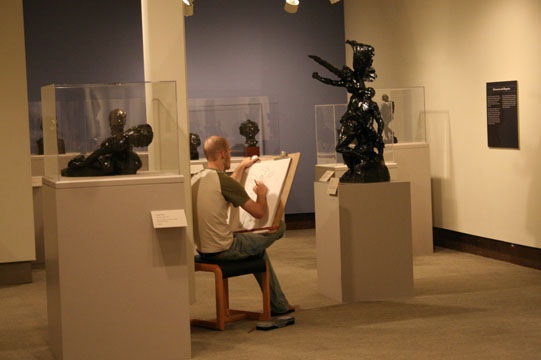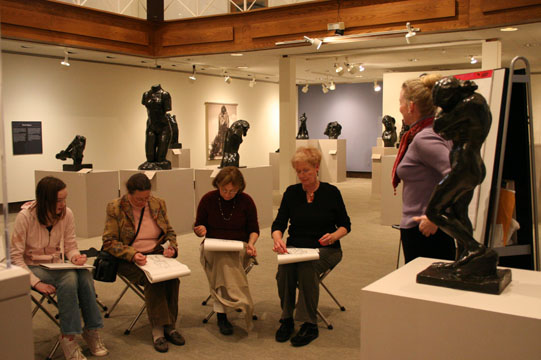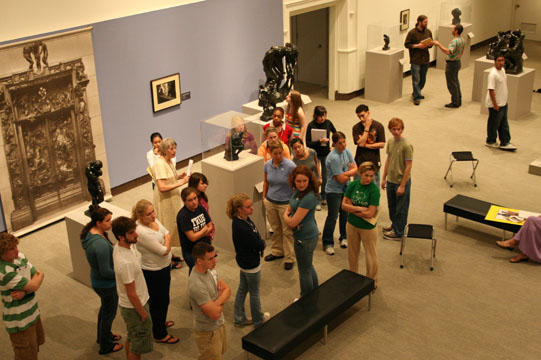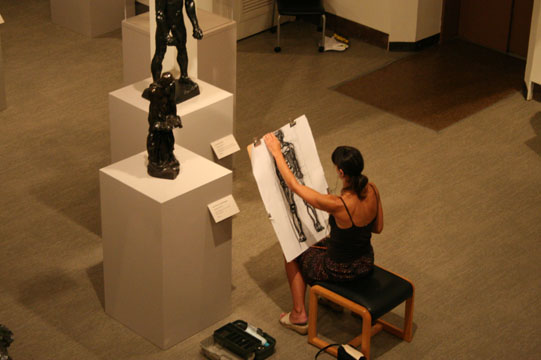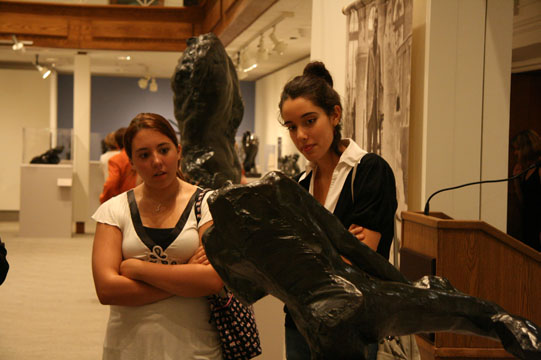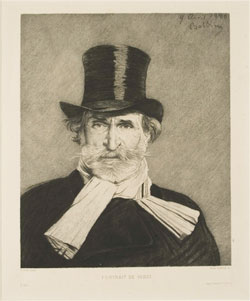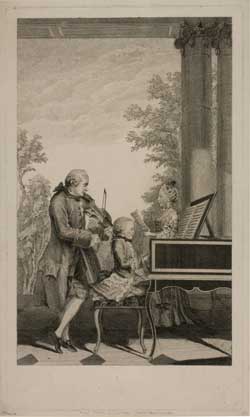September 8 – December 16, 2007
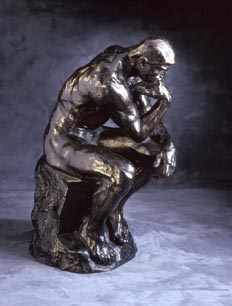
The William Benton Museum of Art is proud to present Rodin: A Magnificent Obsession, Sculpture from the Iris and B. Gerald Cantor Foundation. The exhibition, which has been shared with museum audiences around the world, presents 68 of Rodin’s bronzes, ranging from monumental works to maquettes, along with a selection of photographs, works on paper, and documents. The exhibition explores both the creative and technical processes and offers an nterdisciplinary and multi-media approach to in-gallery interpretation. All works in the Iris and B. Gerald Cantor Collection and Cantor Foundation Collection are original Rodins. Some of them were made during Rodin’s lifetime; others were made after he died and according to his explicit wishes and instructions to the government of France.
In 1945, just out of the Army, the young B. Gerald Cantor wandered into New York’s Metropolitan Museum of Art, where he was captivated by Rodin’s marble sculpture, The Hand of God (see illustration, above). Eighteen months later, for the equivalent of two months’ rent, he bought his first Rodin, the sculptor’s bronze version of the piece he had fallen in love with at the Met. That is how Mr. Cantor’s life-long obsession with Rodin’s sculpture began.
Between 1945 and the early 1990s, Mr. Cantor created the world’s largest and most comprehensive private collection of Rodin’s work. Concentrating on quality and significance, he collected nearly 750 sculptures, drawings, prints, photographs, and documents. His obsession was not only to own and understand the works, but also to share them. More than 450 works of art from the Cantor Collection have been given to more than 70 museums, and exhibitions have been seen at museums and galleries in more than 140 cities in the United States, Australia, Canada, Japan, and Singapore. Mr. Cantor said he was consumed by the feeling of strength, power, and sensuality he found in Rodin’s work. The artist, in fact, when at the peak of his career around 1900, was regarded as the greatest sculptor since Michelangelo. Like the Renaissance master, he shunned academic traditions, thereby creating his own form of artistic expression. He focused on the vitality of the human spirit by using a vigorous modeling technique that emphasized his personal response to the subject. At the same time, his sculpture rarely told stories, encouraging viewers to rely on their own personal response. Rodin captured movement and depth of emotion by altering traditional poses and gestures. Today his pioneering figurative sculpture is a crucial link between traditional and modern art.
Auguste Rodin was born in 1840, the same year as Impressionist Claude Monet. Like Monet and many of the other artists of their generation, Rodin struggled for recognition throughout his early career. For years he earned a living by producing, as an anonymous member of a workshop, ornamental sculpture for Albert-Ernest Carrier-Belleuse, a successful decorative sculptor of the period. While his work as a craftsman provided a steady income, Rodin yearned to exhibit his own work under his own name. In the 1860s he submitted his sculpture to the annual juried Paris Salon exhibition—the most important official shows of their day—but suffered a series of rejections. His work was not admitted until 1877.
In 1900 Rodin triumphed: an entire pavilion at the Paris Universal Exposition was devoted to a retrospective exhibition of his work. In 1908 he bought the Hôtel Biron, a large home near the famous Les Invalides hospital on the Left Bank, which he used as a studio and gallery until he died in 1917. A year before his death, Rodin donated his estate, including his studio and its contents, to the French government, in exchange for France’s agreement to establish a museum there. Today the Hôtel Biron and Rodin’s suburban estate at Meudon are together the Musée Rodin.
During Rodin’s lifetime, the most highly regarded sculptures were projects done for public places. These projects were usually commissioned by committees specifically formed to oversee the creation of these works. Rodin received his first public commission in 1880; it was to create a sculptural entrance for a never-built museum of decorative arts in Paris. He chose a subject with universal rather than narrative theme: an episode from Dante’s Divine Comedy, an epic poem written in about 1308, which was very popular in France in the nineteenth century. The Gates of Hell (1880-ca. 1900) was Rodin’s most ambitious work; the final version, a colossal statement about the suffering of humankind, would stand nearly 21 feet tall. Historic themes were also popular. The Burghers of Calais (1884-88) was commissioned by the French city of Calais and represents a dramatic and patriotic event that occurred there in 1347, during the Hundred Years War. Six leading citizens volunteered to be hostages to the English king Edward III in exchange for his lifting an 11-month siege of their city. Rodin was asked to commemorate this event by designing a monument for the town square.
Finally, Rodin’s work also celebrated the French arts. In 1891, he was commissioned by the Société des Gens de Lettres (Society of Men of Letters) to create a monument to the influential and controversial writer Honoré de Balzac (1799-1850). For the next seven years, Rodin struggled to find an accurate physical portrayal of Balzac that would also symbolize the writer’s creative genius. As with many of his portraits, Balzac’s depiction conveyed the essence of the sitter’s personality and physicality rather than simply capturing his realistic appearance.
This exhibition has been organized and made possible by the Iris and B. Gerald
Cantor Foundation.


